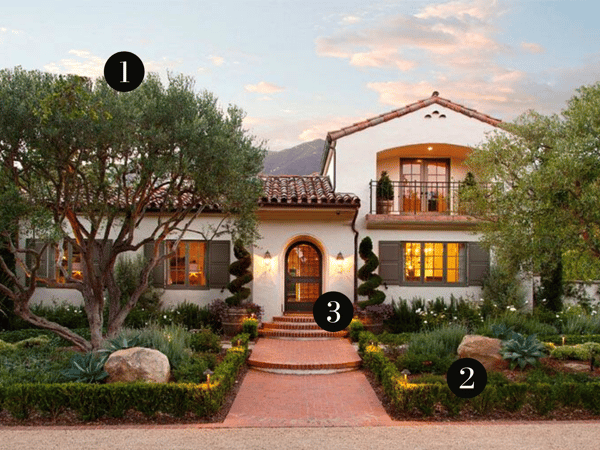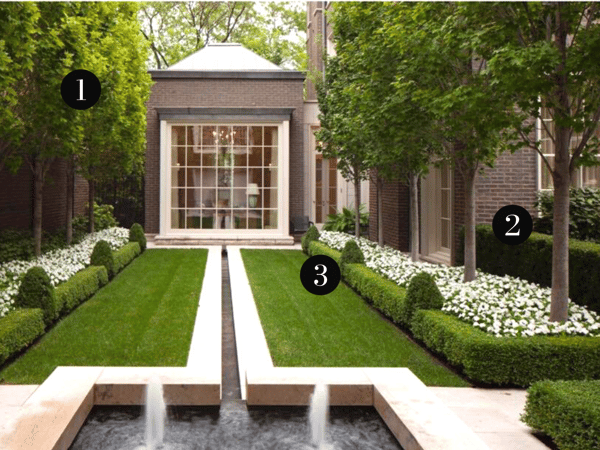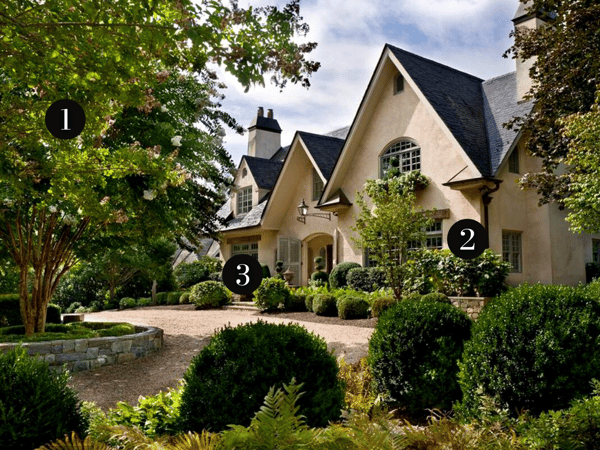Luke Kalawsky
Luke Kalawsky has a passion for all things trees, plants, and landscape design. He has designed numerous landscapes as the head designer in the Surprise, Arizona region until he became a manager of our Central Phoenix Nursery. He now dedicates his knowledge, expertise, and creative capabilities to help the masses discover how to design, plant, and maintain their landscapes with his writings.
Our nursery pros and expert landscape designers are the best in the business when It comes to professional landscape designs. Part of that expertise comes from their ability to recognize, innovate, and develop methods for designing a yard that work for any landscape and any style. This allows them to create design standards that become popular across the industry. Our nursery pros and professional landscape designers would like to express to you one of these design concepts and believe it is the next big thing in landscape design.
This exciting design concept is called layering. Layering within landscape design is the process of creating depth and interest by placing trees and plants according to their size in relation to the focal points within the yard. In other words, layering is making sure your bigger trees and plants are near the back of the design and your smaller plants are closer to the front. This forms a texture to the yard and generates incredible appeal to the landscape. Read on to see examples of this powerful design technique!
A TUSCAN CLASSIC
Notice the layering on this excellently designed Tuscan style landscape. This front yard utilizes two large multi-trunk Olive trees with plenty of character to frame the home and create focal points for curb appeal. The lower Rosemary shrubs and agaves cover the ground and create texture around the main trees, while being clearly confined within the low Dwarf Myrtle walkway hedge. The trimmed Blue-point Juniper topiaries and medium sized plants near the home itself help to define and accent the front door and windows while providing depth between the home and rest of the front yard landscape.
1.
The beautiful specimen Olive trees act as the main focal points in the yard.
2.
Upright Rosemary, a selection of flowering plants, and tasteful agave placement create interest inside the Dwarf Myrtle border hedge.
3.
The shaped Blue-point Juniper topiaries mark the entryway and define the entryway and provide a classic accent.
A TROPICAL OASIS
This tropical paradise of a front yard attributes its phenomenal curb appeal to some excellent layering. The specimen Sylvester Date Palm and Pineapple Palm take care of the large layer with their full, wavy fronds and patterned trunks. The middle tier is marked by the widely recognized red Hibiscus and further accentuated with Wax Leaf Privet topiaries. The lower layer is arrayed with a variety of colorful plants such as Gardenia, and Agapanthus.
1.
The Sylvester Date Palm and Pineapple Palm bring an upscale luxurious look to the front yard.
2.
Hibiscus and Wax Leaf Privet topiaries fill the middle layer with large red blooms and plenty of deep green foliage.
3.
Gardenias and Agapanthus create a lovely variety of attractive plants to fill in the lower tier with large beds of color.
A MODERN MASTERPIECE
Modern landscape designs are similar in many ways to contemporary art. Sharp, clean lines and underlying thoughtful concepts are often found at the heart of great modern styled landscapes. This is a exquisite sample of a well-executed modern layered design. Note the manicured Japanese Privet trees lined along the top layer creating both shade and privacy for this garden area. The mid and low layers are bordered with Japanese Boxwood and Dwarf Myrtle while the flower beds are filled with white flowering shrubs such as Boxwood Beauty.
1.
The lush and clean Japanese Privet trees stand neat and clean in rows providing privacy and shade.
2.
The Japanese Boxwood sections off the area while being complimented by white flowering shrubs such as Boxwood Beauty or white Lantana.
3.
The Dwarf Myrtle used to define the low tier makes a perfect border between the layers and the grass lawn.
A COTTAGE SHOWPIECE
There's no substitute for a well designed landscape to complete the bold statement made by a showy Texas cottage. The layering in the landscape design shown here ties together this lovely home with a big expression of greenery and timeless class. The Crape Myrtles taking their place in the top tier are a tree renown for their immense number of blooms throughout the spring and summer. In the fall, they shed their leaves in an incredible display of reds, yellows, and oranges. The middle and low tiers is handled by Wax Leaf Privets and Japanese Boxwood, both boasting deep green foliage.
1.
The Crape Myrtle known for its color in all seasons makes a perfect focal point tree to tackle the top layer of this design.
2.
Wax Leaf Privets, known for their dark full leaves and easy to shape foliage are a perfect addition to the middle tier.
3.
The shaped Japanese Boxwood used throughout this landscape add a bit of form and depth to the yard and work well to bring structure to the whole design.
HAVE US LAYER YOUR LANDSCAPE
Here at Moon Valley Nurseries our nursery pros and landscape designers are passionate about working with you to make your yard the best it can be. Our professional designers are experts in creating layered landscapes that will perform wonderfully in our local climate. Whether your landscape is large or small, layering is a powerful technique our designers use everyday within many different design styles to bring you the yard of your dreams. Talk with a designer today to learn what the next big thing in landscape design can look like for you!


.png?width=600&name=Copy%20of%201.%20(2).png)



Submit a Comment